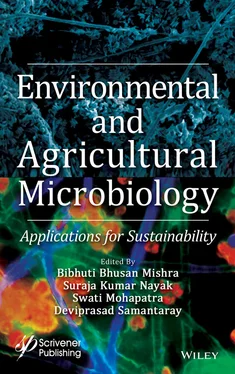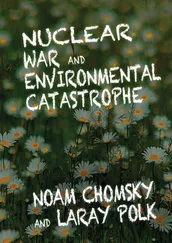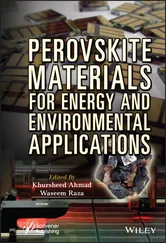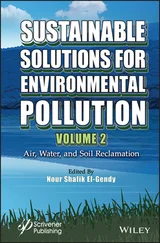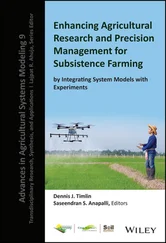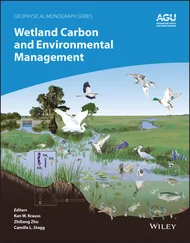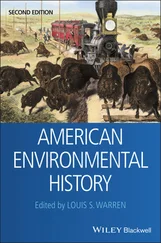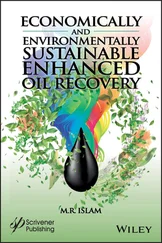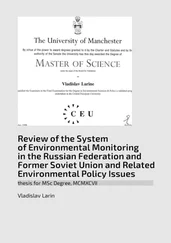In addition to PHA’s biosynthesis, an alternative and convenient synthetic approach to obtain PHAs is via the ring-opening polymerization (ROP) of β-lactones, including anionic, “coordination-insertion,” organo-catalyzed, enzymatic, and cationic processes.
4.4.2 Application of PHAs
PHAs can be used in various applications [37], such as
- Packaging films for foods, containers, and bags.
- Precursors for different chiral compounds.
- Act as a probe for drug delivery, herbicides, and insecticides.
- Disposable products like utensils, diapers, cups, etc.
- Medical applications such as surgical pins, staples, swabs, and wound dressings.
4.4.3 Biodegradability of PHAs
Biodegradation can be defined as the breaking down material when exposed to bacteria, fungi, or by other biological means, whether anaerobically or aerobically [38]. It can also be stated that the polymer degradation in biological space via enzymatic and non-enzymatic hydrolysis and not via thermal oxidation, radiolysis, or photolysis. The remarkable ability of PHAs to degrade biologically has made it an interesting and promising material for various applications [2, 3]. Increasing amounts of chemical waste pose a significant threat to the biosphere and damage the environment to a greater extent. So, it is a great matter of concern for the environment and materials having biospheric cycling are becoming important these days. PHAs are one of the polymeric materials synthesized by microorganisms under particular growth conditions and find a special place as biodegradable natural polyesters in the biosphere recycling [2, 3]. Biodegradation of PHAs is accelerated by microorganisms that reside in a specific natural environment such as soil. In this natural environment, PHA has the most exceptional capacity for degradation.
However, studies show that PHA degradation in soil was carried out in the laboratory, and different isolated cultures of microorganisms for PHA degradation and very few data are available on PHA biodegradation in land under field conditions. In one of the examples, PHA degradation under natural conditions showed that it too four weeks to degrade in the ground for a golf tee made of the polymer, but unfortunately, exact requirements for degradation of PHA were not mentioned yet. However, data suggest that the type of soil is an essential factor affecting PHA degradation [39–41].
4.4.4 Degradability Methods
Intracellular Degradation
Intracellular degradation takes place when carbon limitation conditions are stressed upon the bacterium. Accumulated PHA in the cells undergoes hydrolysis as carbon and energy sources. Further, it breaks down to 3-hydroxy alkanoic acid, a monomeric component by PHA depolymerase and oligomer hydrolase [42]. If the PHA is made up of one kind of monomer, such as 3-hydroxybutyrate, the resulting PHA is called poly(3-hydroxybutyrate) [P(3HB)] homopolymer, and it is the most common type of PHA which is synthesized by various bacteria naturally. P(3HB) is further degraded to 3-hydroxybutyric acid, which is oxidized by a dehydrogenase to acetoacetyl-CoA, converted into acetyl-CoA by beta ketothiolase [43]. All these breakdown products of PHA are naturally found in animals. So, biodegradation of PHA does not lead to toxic products and can be termed biocompatible material [44, 45].
Extracellular Degradation
Extracellular depolymerase hydrolyzes partially crystallized P(3HB). These depolymerases comprises of a single peptide (22–58 amino acids) and three functional domains, catalytic domain (320–400 amino acids), linker domain (50–100 amino acids), and substrate-binding domain (40–60 amino acids) from N-terminal to C-terminal. [46, 47] The catalytic domain is further classified into two types of depolymerases, i.e., Type I and Type II, differing on the order of the sequential order of active amino acids forming a catalytic triad. Apart from these depolymerases, any lipases also possess the ability to hydrolyze poly(ω-hydroxyalkanoates) such as poly(6-hydroxyhexanoate) [P(6HHx)] and poly(4-hydroxybutyrate) [P(4HB)].
Specific enzymes, PHA depolymerases, present in the soil and aquatic microorganisms degrade the PHAs. Until this time, the identification of 600 PHA depolymerases from the wide society of microorganisms has been made. Various microorganisms in the soil, fresh waters, compost, and marine environments help in the degradation of PHAs. Bacteria present in marine environments such as Pseudoalteromonas sp. NRRL B-30083, Marinobacter sp. NK-1, Alcaligenes faecalis AE122, actinobacteria Nocardiopsis aegyptia , and Streptomyces sp. SNG9 are the few microorganisms that are known to be PHA degraders [46–48].
PHA is bio-based polyester that has a low softening temperature, and degradation occurs in the presence of the microorganism. The PHA is a promising material, and key parameters for degradation are microorganism secrets depolymerize. The industry can design suitable PHA materials for their needs because of the advantage of biocompatibility and degradability.
4.5 Conclusion and Future Development
The development of bio-derived polymer from renewable resources favors establishing a sustainable society, but non-degradability/biodegradability was a big issue for the world. In this chapter, we reviewed the recent trend for the development of bio-based materials, biodegradation, and biocompatibility, which increased fuel efficiency and reduced the threats over the plastics waste problem. The demand for bio-based plastics such as PA, PLA, and PHA has been raised in various fields and used in the automobile industry, packaging materials, and biomedical applications. The non-degradable thermoplastics especially Nylon TMare used as packaging materials, fibers, film forms, and some of the PA, especially nylon 4, nylon 6, and nylon 6,6 degraded in vivo by using some microbes. Itaconic acid-based PAs minimize the plastics waste problem because of compostable nature inside the soil and photo-solubilization behavior in the soil. Therefore, much more work is needed to study a degradable route for predicting the development of PAs. The low softening temperature-based PLA are degraded with excellent tunable properties because of degradation with high biocompatibility. These specific properties are possible with its copolymer PLGA and can be further utilized in periodontal regenerative medicine. Restenosis is a common problem that occurs after a few months of angioplasty, and the reasons behind this might be blood vessel injury, inflammatory reaction and endothelial cell proliferation, etc., due to the use of metallic stents. Biodegradable drug-eluting stents with flexibility, high mechanical property, and specific drug-releasing features can replace the conventional ones to prevent restenosis. This book chapter has also covered the significant components of PHA degradation. All the factors affecting PHA degradation are interrelated. The key player of PHA degradation is the microorganisms that can secrete extracellular depolymerase enzymes. Besides, the degradation of PHA also plays a significant role in determining PHA application in various areas. PHA is a promising material for sustainable developments; understanding the mechanism of PHA degradation and the factors that affect its degradation will help the researcher design suitable materials according to the industrial needs. Novel synthetic pathways are still being developed to degrade the amide or ester bond of polymer, covering the polymer field’s broad spectrum. Under these circumstances, much more research is needed to solve the plastic waste problem, which reduces cost and global warming.
Читать дальше
